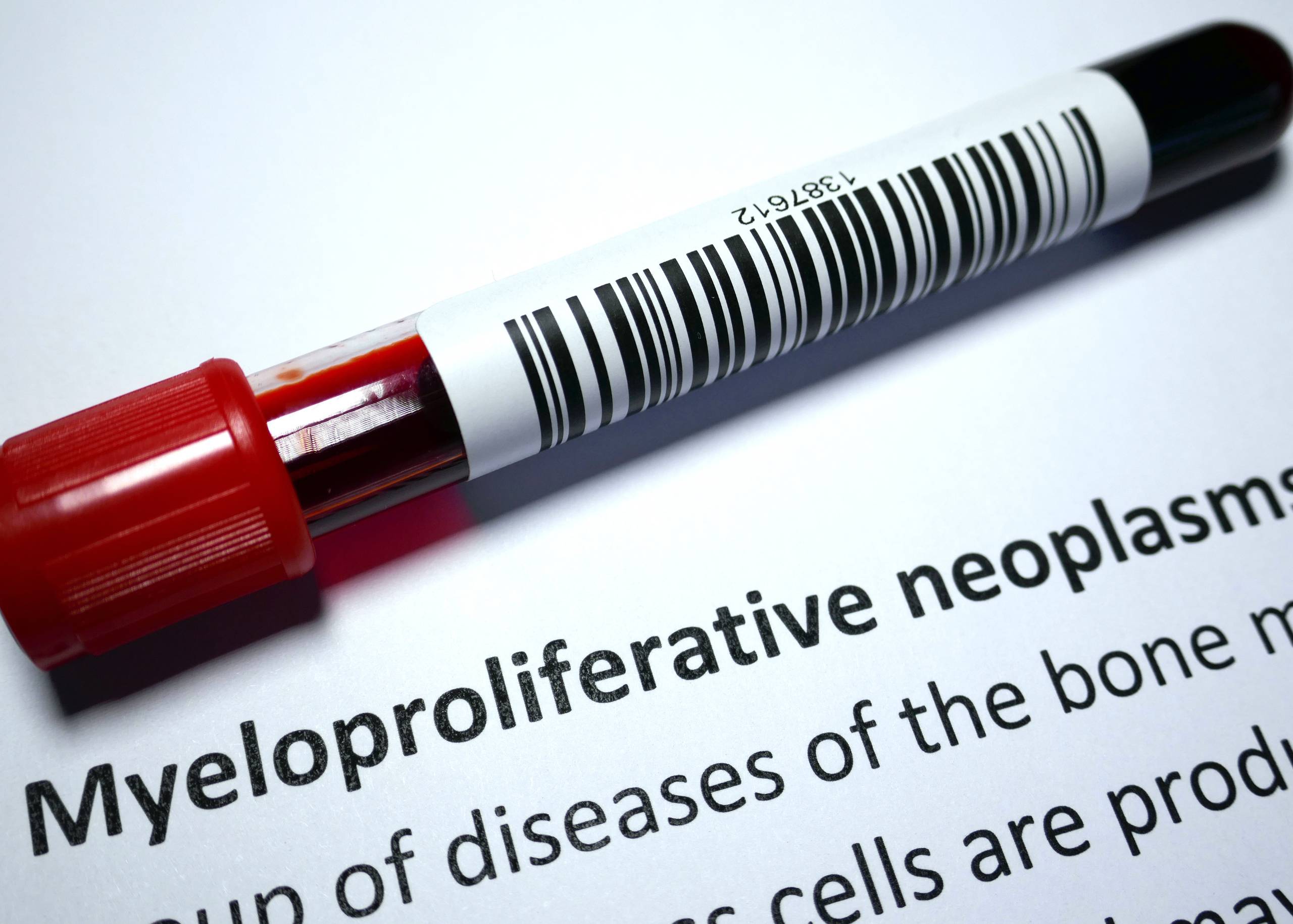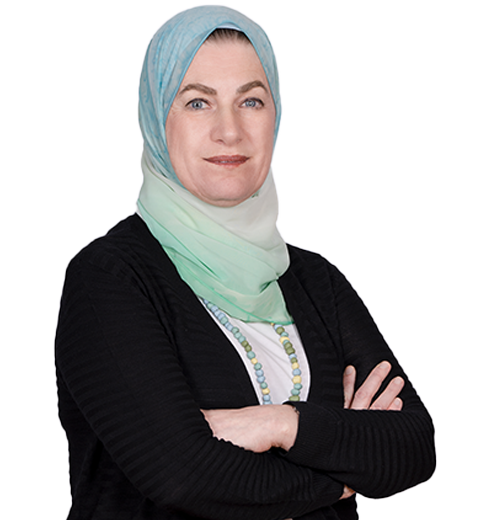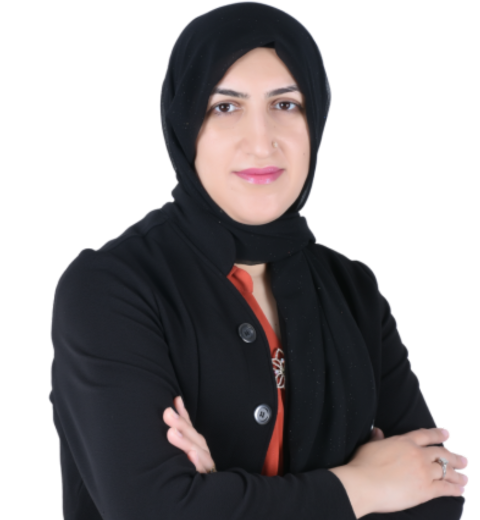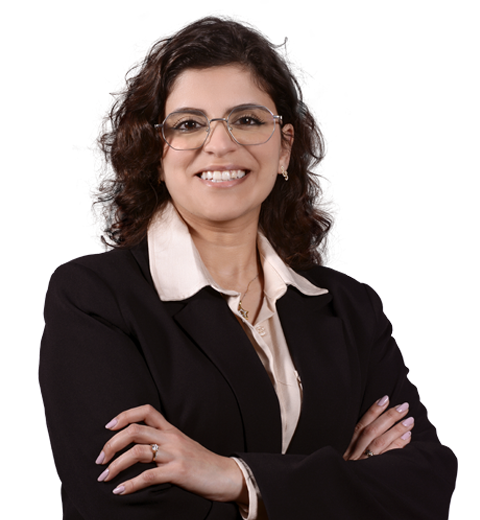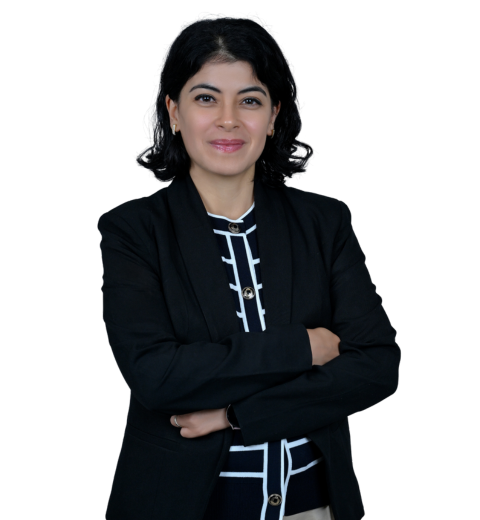Breast cancer is a type of cancer that begins in the breast. It develops when cells in the breast begin to grow out of control. It can spread to other parts of the body, including lymph nodes and other organs. The most common types of breast cancer are ductal carcinoma and lobular carcinoma. These cancers usually start in the milk ducts or lobules. Other types include inflammatory breast cancer, Paget’s disease of the nipple, and atypical hyperplasia. On a global scale, breast cancer is women’s most common form of cancer. It affects more than 1.7 million people each year and accounts for 25% of all cancers diagnosed among women.
Triple Negative Breast Cancer
Triple Negative Breast Cancer Triple negative breast cancer is a rare form of cancer that does not have any of the three hormone receptors, estrogen, progesterone, and HER2 (human epidermal growth factor receptor 2). Triple negative breast cancers make up about 15% of all breast cancers. Triple-negative means that the cancer cells do not have receptors for three important hormones: estrogen, progesterone, or HER2.
This is different from other types of breast cancer that may be hormone-receptor positive or hormone-receptor negative. The absence of these receptors makes triple-negative breast cancers more difficult to treat than other types of breast cancer because they don’t respond to hormone therapy drugs that target these receptors. Treatment options for triple-negative breast cancer include chemotherapy and radiation therapy. But researchers are working on new treatments that target specific genetic mutations found in some patients with this type of breast cancer.
Symptoms of Breast Cancer
- A lump or thickening in one or both breasts
- Nipple discharge other than breast milk
- Inverted nipple
- Pain or tenderness in one or both breasts or underarm area
- Skin irritation or dimpling of the breast skin
- A change in the size or shape of one breast
Causes and Risk Factors
Breast cancer is the most common cancer among women. It occurs when cells in the breast start to grow uncontrollably. The most common type is ductal carcinoma, which forms in the breast milk ducts. Other types include lobular carcinoma, inflammatory carcinoma, medullary carcinoma, papillary carcinoma, and Paget’s disease. The exact cause isn’t known, but certain factors may increase your risk for developing it. These include:
- Age – Most cases occur after age 40; however, breast cancer can develop in younger women. Women who have a family history of breast cancer or have had their ovaries removed before menopause have a higher risk of developing the disease than other women.
- Family History – Having a close relative (mother, sister, or daughter) with breast cancer increases your risk of developing it yourself by up to 10 times that of women who don’t have this history in their family. Having two or more close relatives with breast cancer greatly increases your risk (by as much as 20 times).
- Genetic disorders – Certain genetic disorders, such as BRCA1 and BRCA2, can increase your risk of developing the condition by up to 60%.
- Lifestyle – Factors such as smoking, drinking alcohol, and being overweight can increase your risk for developing the condition.
Diagnosis
The diagnosis begins with a thorough physical examination. The doctor will look for lumps or abnormalities in your breasts and feel the lymph nodes in your armpits to see whether they have become swollen. If you have any suspicious lumps, the doctor may recommend a mammogram, ultrasound, breast MRI, or biopsy.
A mammogram is an X-ray of the breast used to detect tumors. An ultrasound uses sound waves to create images of your internal organs and tissues.
A breast MRI uses magnetic waves to create images of your internal organs and tissues.
A biopsy involves taking small samples of tissue from suspicious areas during an operation or from cells taken from a needle inserted into a lump or mass during a diagnostic test.
Treatment
Treatment depends on the stage at which it is detected. Treatment may include surgery, radiation therapy, chemotherapy, and hormone therapy.
Surgery is one of the main treatments and can be performed either by lumpectomy or mastectomy.
Lumpectomy involves removing only the tumor and surrounding tissue without removing any lymph nodes or other organs.
Mastectomy involves removing all or part of the breast as well as some lymph nodes under the arm. Radiation therapy is a treatment option for all stages. It is used to shrink tumors and destroy cancer cells before surgery or when surgery is not possible due to tumor location or size.
Chemotherapy is a treatment that uses drugs to destroy cancer cells in your body by stopping them from growing and dividing properly.
Hormone therapy is a treatment that blocks estrogen production in women who have estrogen-receptor positive (ER+) breast cancer, which can help slow down or stop tumor growth in these patients by blocking estrogen receptors in breast tissue.
The Breast Care Clinic at Burjeel Medical City is a leading provider of comprehensive breast care services for women. Our team of expert physicians, surgeons, and nurses work together to provide the best possible care for every patient in a comfortable, supportive setting.
We offer a full range of services from diagnostic mammography through breast surgery, including lumpectomy, mastectomy, and breast reconstruction. Our facility is one of the most modern and advanced in the UAE, with state-of-the-art equipment that allows us to provide you with the best care.

